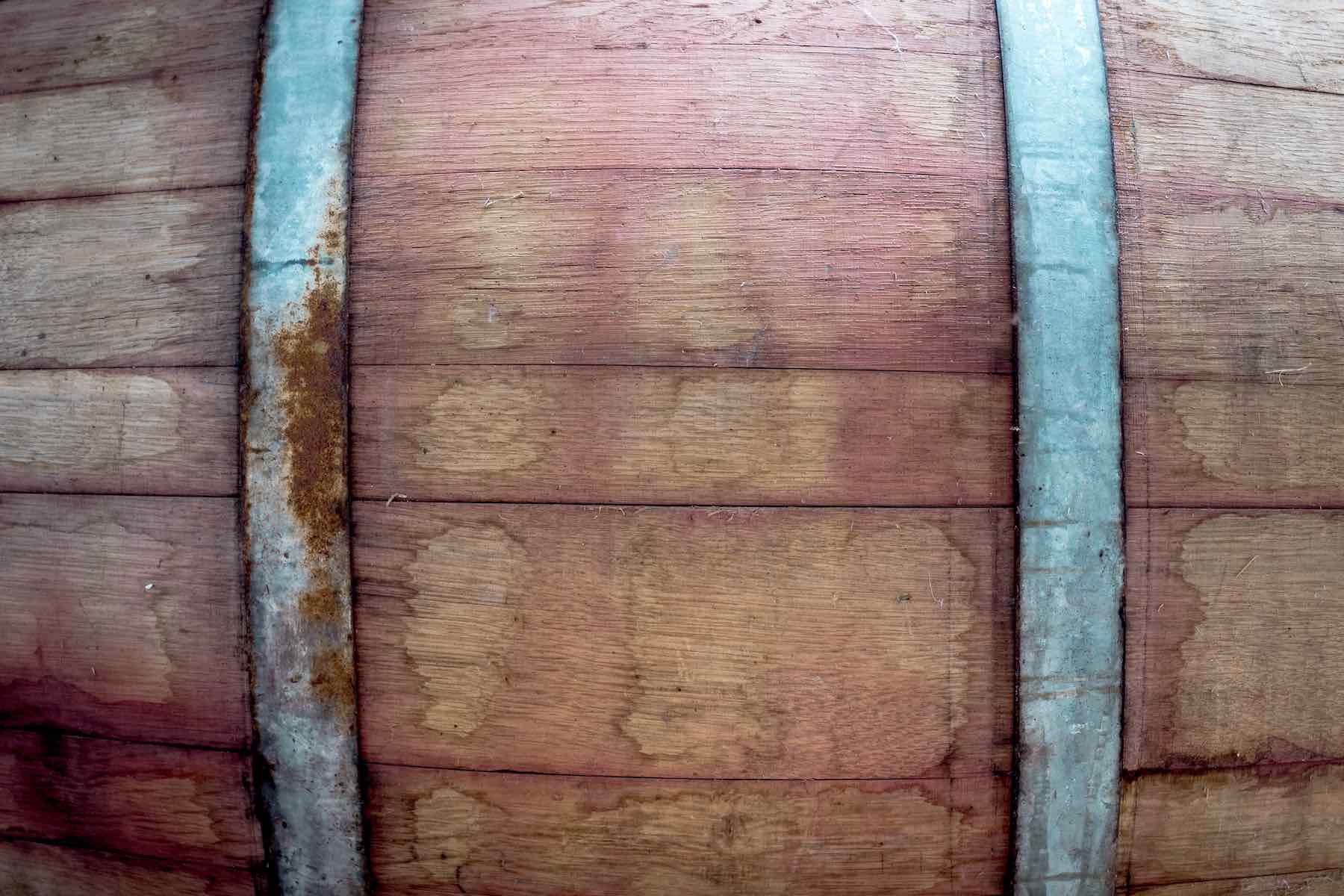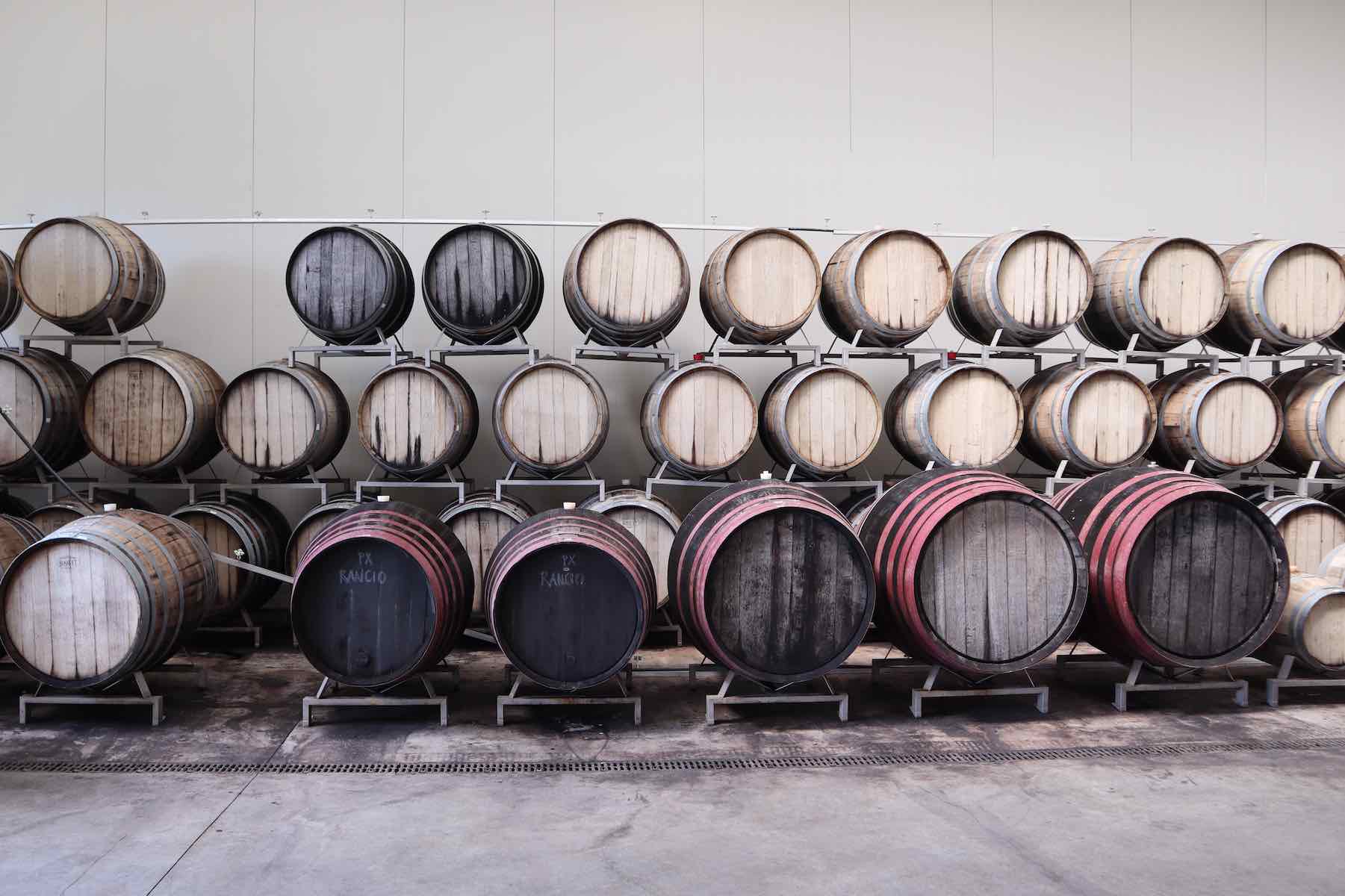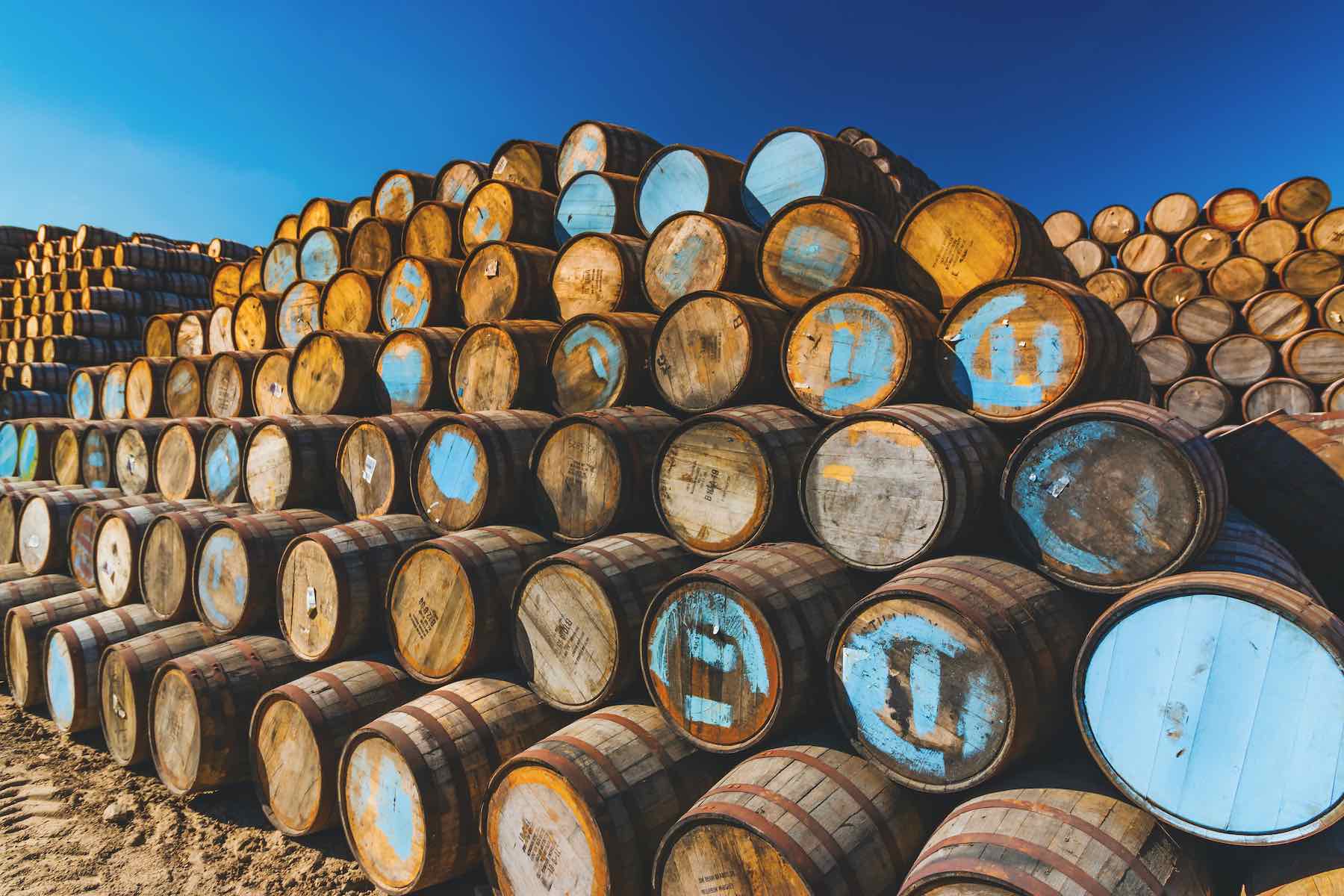
Are there different types of whisky casks?
From Scotland through Japan to India, dozens of countries all around the world make whisky. There are many different variations and styles, but one thing all whiskies have in common is that they are aged for a period of time in a wooden barrel - a cask.
Whisky casks usually share a few key characteristics. As above, they are made from wood - often, although not always, wood. They take the form of, broadly speaking, a cylinder that is wider around the middle than it is at the ends. Whisky casks are constructed from long "staves" of wood, that are carefully shaped by an expert woodworker, known as a cooper. The cooper binds the staves together using metal "hoops". At either end is a flat wooden disc that seals the cask, again made out of strips of wood jointed together.
But while all whiskies are aged in casks, and those casks do share key characteristics, there are in fact many different types of whisky cask.
Let's take a look at five of the most common whisky casks:
- Quarter casks
- Barrels
- Hogsheads
- Barriques
- Butts
Whisky barrels
We're going to start by skipping quarter casks and going straight in with barrels. These are sometimes also known as American Standard Barrels, or ASBs. But perhaps their most common name is "bourbon barrels".
As the name bourbon barrels may suggest, these started life in America in the bourbon industry. They can hold around 190 to 220 litres of whisky, which is about 120 to 140 litres of pure alcohol. In America, bourbon has to be aged in a virgin oak cask. In other words, it has to be a new barrel - every time. Now there's still lots of flavour and utility left in that barrel after the bourbon has finished ageing. So it's very common for them to be reused as a whisky cask by other whisky industries around the world - a prime example being Scotch.
Hogsheads
Next, let's take a look at hogsheads, sometimes affectionately known as 'hoggies'. This is a common type of whisky cask in the scotch industry. Slightly larger than whisky barrels, they are made by combining staves from bourbon barrels to create a cask that's around 20% larger than an American Standard Barrel.
Hogsheads can hold around 225 to 250 litres of whisky, which is about 142 to 185 litres of pure alcohol. Given they are created from bourbon barrels, you'll often see 'ex-bourbon hogshead' listed as a cask style. But, you can also get hogsheads that have either held, or been seasoned with, other liquids - for example, sherry.
Barriques
Next up are barriques. If that term sounds French to you, well, you'd be right - it’s French for 'barrel'. That's also a clue for what barriques have often been used to age. Any guesses? Yup, wine. Indeed, you'll often see these casks described as "ex-wine barriques".
Like whisky, it's common to age certain styles of wine in oak to develop its character. Once the wine industry has finished with those wine barrels, they can be reused by the whisky industry. The character of the wine, or wines, aged in a barrique will then influence the flavour of the whisky that is subsequently aged in said barrel.
Barriques are around 250 to 300 litres, which is about 159 to 210 litres of pure alcohol.
Butts
Butts are the largest of the five whisky cask types we're looking at in this article. They can hold between 475 to 500 litres of whisky, or around 302 to 250 litres of pure alcohol. Butts are most commonly found in the sherry industry in Spain, which is why you'll often see the term 'ex-sherry butt'.
This is a premium whisky cask type and it can be difficult, and expensive, to source high-quality sherry butts. However, it's worth the effort, as they can produce exceptional whiskies.
Sherry butts leads us on to the final type of cask we'll look at today.
Quarter casks
Finally, let's go back to the type of cask we skipped over: quarter casks. Now, the clue is in the name. These are small casks, a quarter the size of a normal cask. The key here is, as we've demonstrated above, specifically what is a "normal" cask. Well, quarter casks are usually used as a term to describe a cask which is a quarter of the size of a butt. And, like butts, they are often ex-sherry (although they don't necessarily have to be).
Quarter casks can hold between 120 to 125 litres of whisky, which is about 84 to 88 litres of pure alcohol.
Quarter casks are more often used for short-term finishing than they are for long-term primary maturation. This is because the small cask size increases the ratio of wood surface area to whisky, and results in 'faster' maturation. Leaving your whisky in a quarter cask for three decades is very likely to over-age your whisky. But a six-month finishing period could work well.
Find the full range of whisky casks at Spiritfilled
Here at Spiritfilled we buy and sell a wide range of whisky casks in every size and shape. If you'd like to see what we have available at the moment, contact us here and we can talk you through our whisky cask list.



